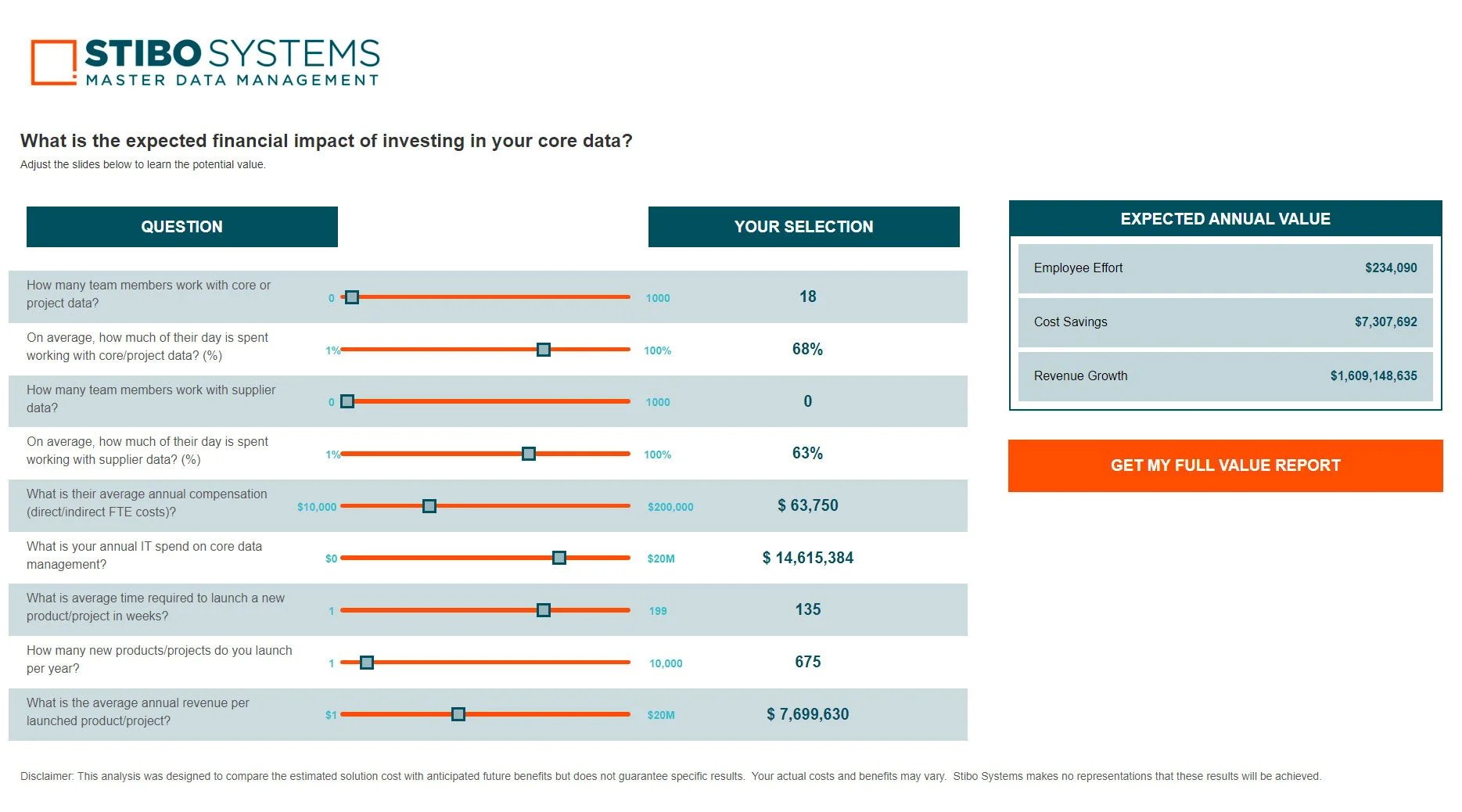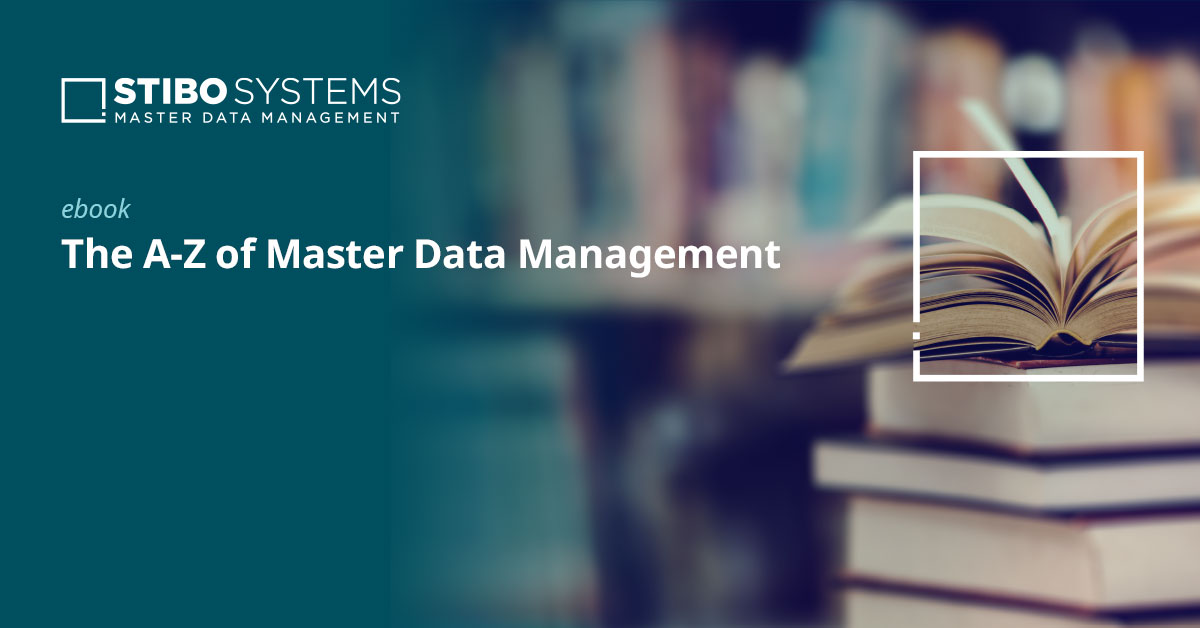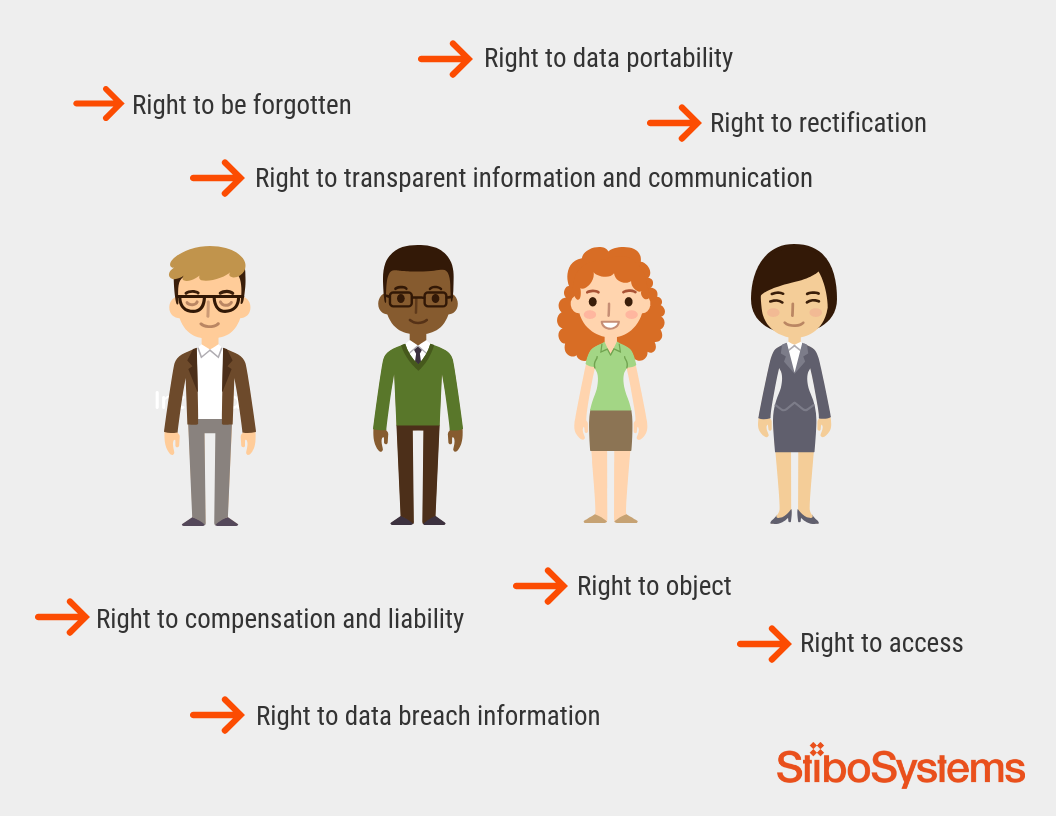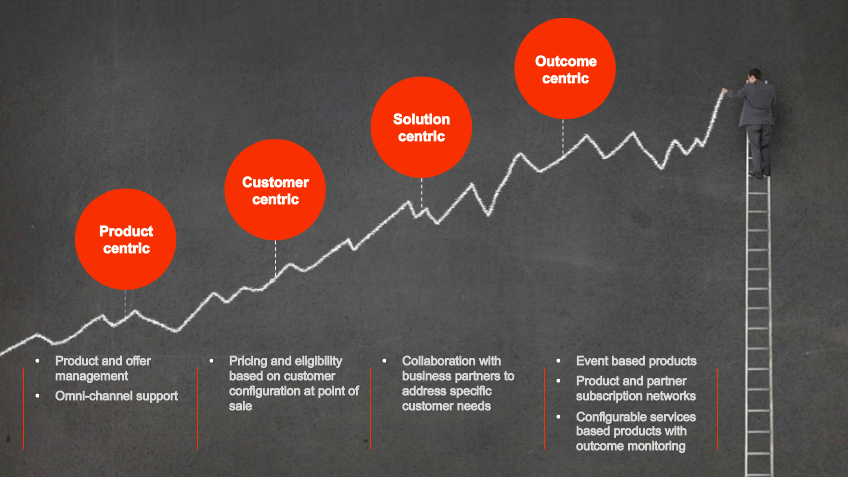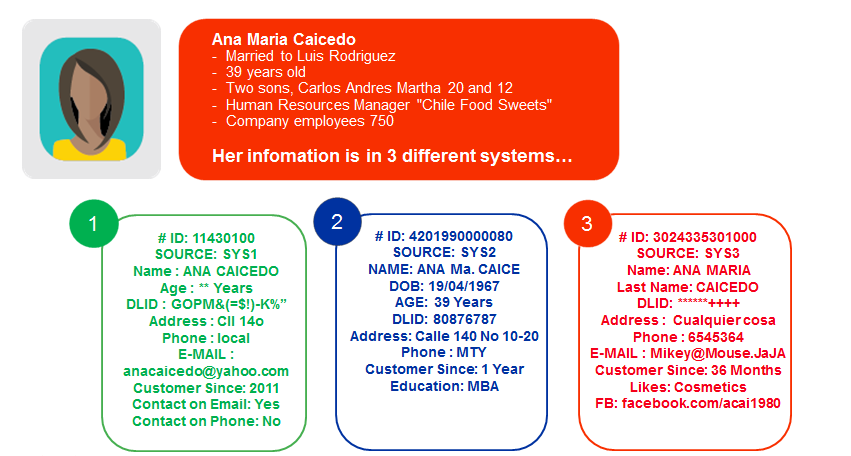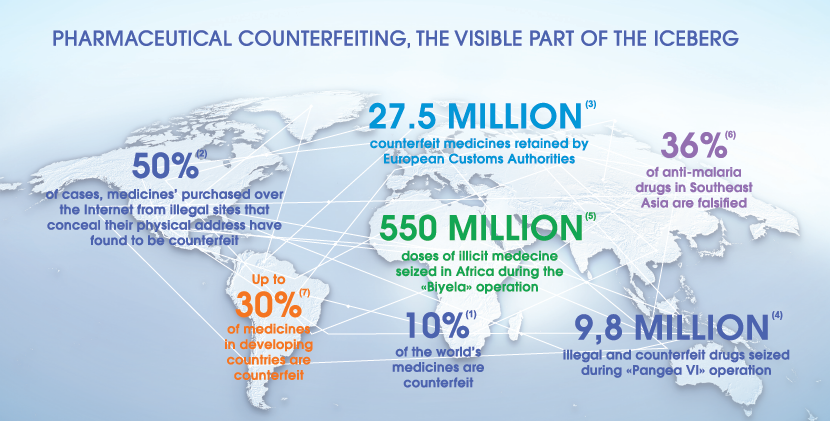Master data management best practices: How to get buy-in from the CEO
Chief Data Officers used to have compliance as their primary concern. Today, they are drivers of digital transformation. They are often called upon to establish a data-driven culture and underlying technology infrastructure to deliver tangible business benefits for the organization.
The CDO is often the first person sought out when the CEO wants to implement the latest, exciting new data technology trend – e.g., embedded analytics, artificial intelligence (AI), machine learning (ML) or Internet of Things (IoT). Good! These trends are getting a lot of hype precisely because they bring exciting opportunities to drive revenue and cut costs while mitigating risk in the business.
However, the CDO knows that these technologies need to be underpinned by a foundation of good data quality and adherence to well-defined data governance policies.
To achieve data quality and support data governance, master data management is crucial.
Yet, it can be surprisingly hard to get buy-in from the CEO and the remaining leadership team for the implementation of master data management tools. Why is that? Perhaps master data management doesn’t sound as exciting as many buzzworthy technologies, or they are not aware of the importance of master data management.
But like healthy blood for the body, clean enriched master data ensures optimum performance and efficiency across the business. Conversely, even the most advanced technology won’t deliver on the hype without accurate data. But, how do you convince the CEO of this fact?
Here are five suggested techniques for translating master data management language into business value terms that excite even the most risk-averse CEO.

5 best practices to get buy-in on a master data management solution
1. Tell an intriguing story
In a recent report, Gartner estimates that “Over 50% of data science projects never get deployed, and Gartner cites bad storytelling as a major reason for this”.
Telling stories to communicate business strategies is commonplace; unfortunately, it hasn’t become common practice in communicating data management strategies. Why not? After all, your data management strategies share (or at least should share) the same goals as your business strategies. So, they should share the same stories.
What makes a good story? By leveraging use cases, market statistics and industry trends, you can build a highly compelling story for your master data management project. And to ensure it has a happy ending, end with a comprehensive plan that includes estimated ROI from the project.
2. Make the case with use cases
Any master data management vendor worth considering should be able to provide use cases demonstrating real-world value that peers in your industry have generated. And they should include specific benefits derived from the solution. Some companies, for example, have used master data management to reduce the time for product introduction by 80%. Others have reduced the amount of time to onboard vendors by 75%. And others have resolved millions of disparate customer records into single Golden Records. All these cases point to the tremendous value just waiting to be tapped with master data management.
Furthermore, use cases not only provide evidence of the benefits of master data management; they can also empower you with best practice methodologies, pitfalls to avoid and innovative strategies for overcoming common challenges. They are more than just good stories; they are roadmaps to the outcome you’re looking for.
3. Back up your use cases with statistics
Empower your story with industry-specific statistics that demonstrate the need for your master data management project, for example:
Think that would get your CEO’s attention?
4. Highlight industry trends
Another powerful technique is to highlight key trends in the industries you serve that demonstrate the need for master data management. For instance, if you are in retail and need evidence to prove the need for enhancing your customer experience capabilities, look no further than a recent report published by PwC:
When customers have a great experience, they’re willing to pay up to a 16% price premium.
Emphasize master data management as the key to capitalizing on these trends. As Forrester Research explains in a recent NowTech report:
“You can use master data management to get a 360-degree view of your customers, to improve data quality and produce more accurate reports, and to prepare for sharing product data with partners and customers.”
5. Develop a plan with performance goals
Once you have built a compelling story with use cases from specific peers, statistics from your market, and trends from the broad industries that you target, you’re ready to present a plan for deploying master data management. And it’s important that the plan includes an estimation of the quantifiable benefits the project will deliver. After all, the CEO doesn’t care about the plumbing; he or she just wants good, clean water pouring out of the faucets where it’s needed.
Fortunately, there are tried and true methodologies for estimating the ROI of a master data management project.
Start with the fact sheet How to Estimate ROI on Your Master Data Management Initiative:
-
-
Determine scope – Which pains does the organization expect master data management to address and remove?
-
Identify benefits – Include diverse metrics:
-
financial (e.g., revenue, profits and EPS)
-
strategic (e.g., customer satisfaction/retention)
-
process related (e.g., customer onboarding and new product introduction)
-
operational (e.g., data quality)
-
-
Assess costs – Ensure you work with a master data management vendor that provides clear estimates of the total cost of ownership, including setup and operational costs, as well as the costs associated with delaying the project, such as loss of market competitiveness.
-
Be patient – It can take a few quarters after implementation to start generating positive cash flows from users leveraging clean, enriched and single-sourced data from a master data management system. Incorporate that into the timeline for the plan.
-
With a strong story to tell, backed by powerful use cases, insightful statistics, relevant industry trends and a comprehensive plan establishing clear goals, you are ready to set that meeting with the CEO.

